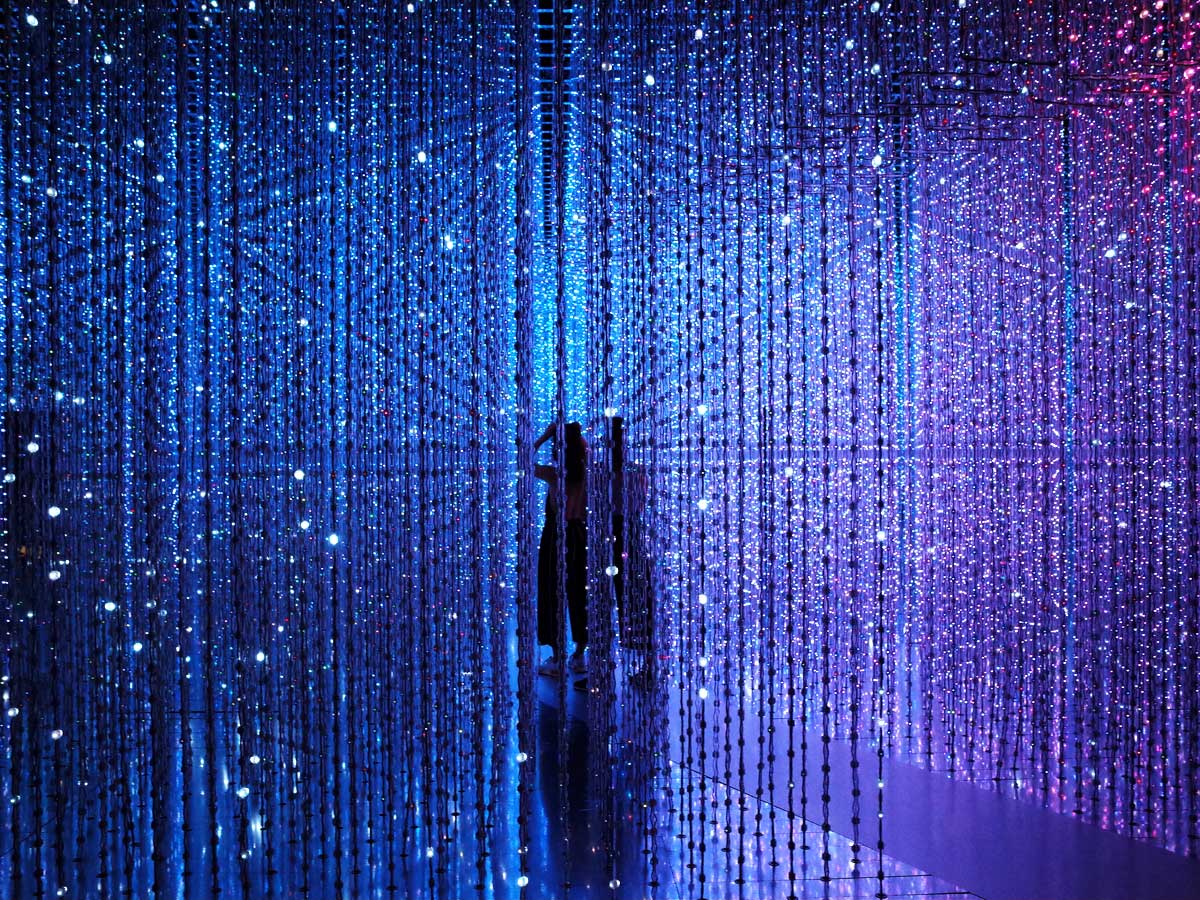
Tokyo-based artists collaborative and interdisciplinary creative group, teamLab recently collaborated with ArtScience Museum to create a permanent exhibition titled Future World: Where Art Meets Science. This collective of ‘ultra-technologists’ gave Artitute an inside look into the making of this immersive display of digital art at its futuristic best.
Could you share with us how teamLab came up with the concept for Future World? What is the artistic intention behind the work?
Together with the amazing people at ArtScience Museum, we felt it was important to have worked with science and education aspects combined with art. We intend to upgrade the exhibits and hope that, rather than visiting the exhibition just once, people will make repeated visits and in doing so, become more engaged with the works.
In terms of the background, teamLab believes that the digital domain can expand art. We are exploring new relationships between people and art through a new digital language. The digital realm, free from physical constraints, allows for unlimited possibilities of expression and transformation. Digital technology is a tool for change and a platform to express complex ideas and details. Viewers and the environment take on a crucial role in defining and changing interactive artworks. The viewer is an active participant and ultimately becomes a part of the artwork. The boundaries between artwork and viewer become ambiguous. Unlike a viewer who stands in front of a conventional painting, a viewer immersed in an interactive artwork is more aware of other people’s presence. Interactive digital art changes the relationships between people within it and the relationship between people and art.
Digital technology has opened up new creative possibilities. It has also allowed us to take a scientific approach in exploring the logical constructs of ancient Japanese spatial theory. By using the logical construction of what we have termed Ultra Subjective Space, we can experiment with new visual experiences in our art. We are challenging contemporary human perceptions of the world. The human race has progressed over many years on earth. We believe, however, that along the way members of modern society have forgotten how they once saw the world. By reaching back and examining past means of perception, we can find hints for the future.
Ultra Subjective Space holds great potential for digital artwork that can be experienced and changed through human behaviour and action. It is no longer necessary for the viewer to stand still in front of an artwork to perceive it, or to avoid making movements that might disturb other viewers. Interactive digital art can heighten the allure of art by transforming viewers into participants. It frees viewers and art. In that sense, we believe that teamLab’s digital art has major potential for expansion and growth, especially amongst people. Future World is, as the name suggests, a world of the future, created in a museum. We would love to see that world greatly expand.
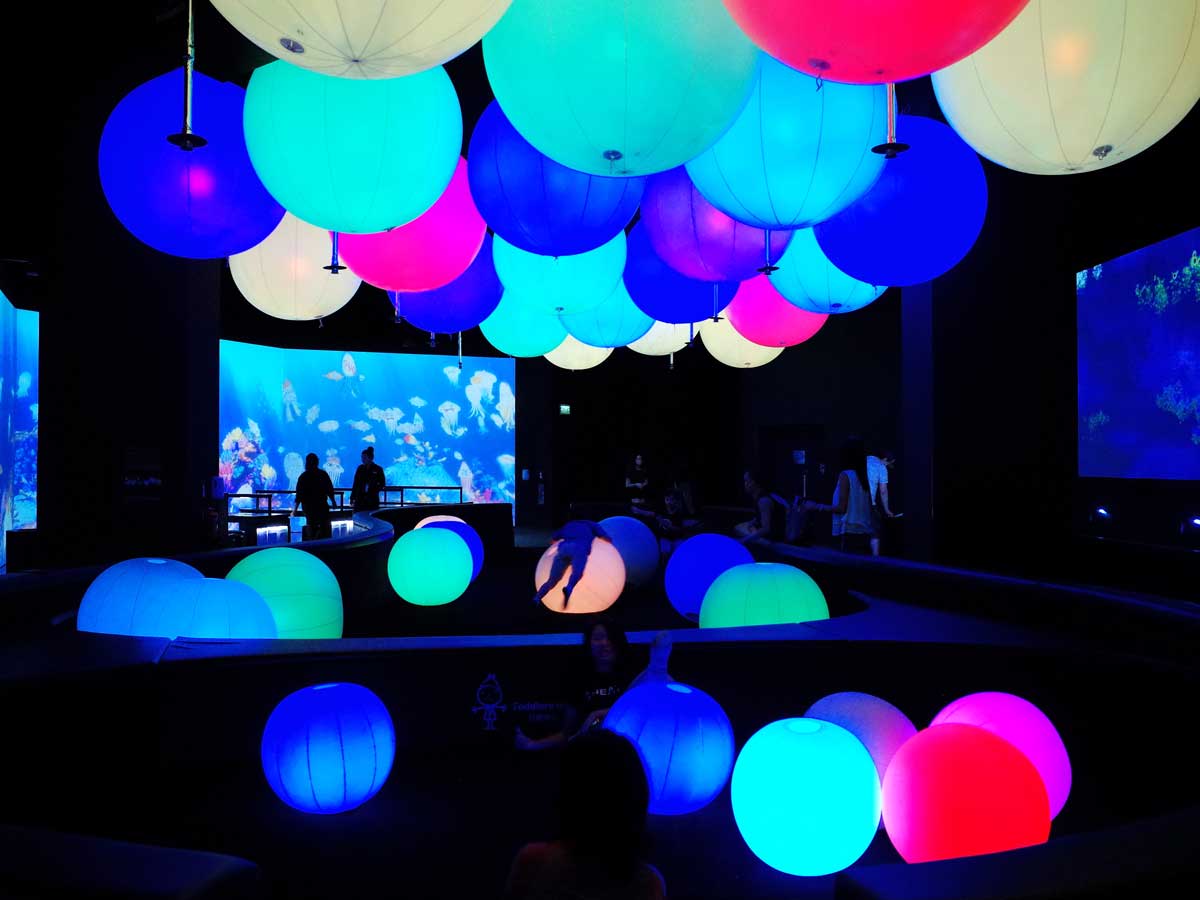
Tell us more about the exhibition and how it came to be curated into sections according to the themes of Nature, Town, Park and Space?
This exhibition was also curated by Ms Honor Hager and the team at ArtScience Museum. The opening section of the exhibition focuses on Nature and is comprised of two galleries with four artworks by teamLab. In the first gallery, we are immersed in an interactive, real-time world of flora and fauna that gently ebbs and flows in tune with the four seasons of the year. The space is constantly changing in accord with our actions, inviting us to enjoy a feeling of becoming one with the artwork.
The second gallery combines the elegance and beauty of traditional Japanese art with contemporary scientific data, allowing us to witness the long-term environmental effects of climate change. The artworks in Nature provide a compelling context for us to reconsider the relationship between nature and mankind.
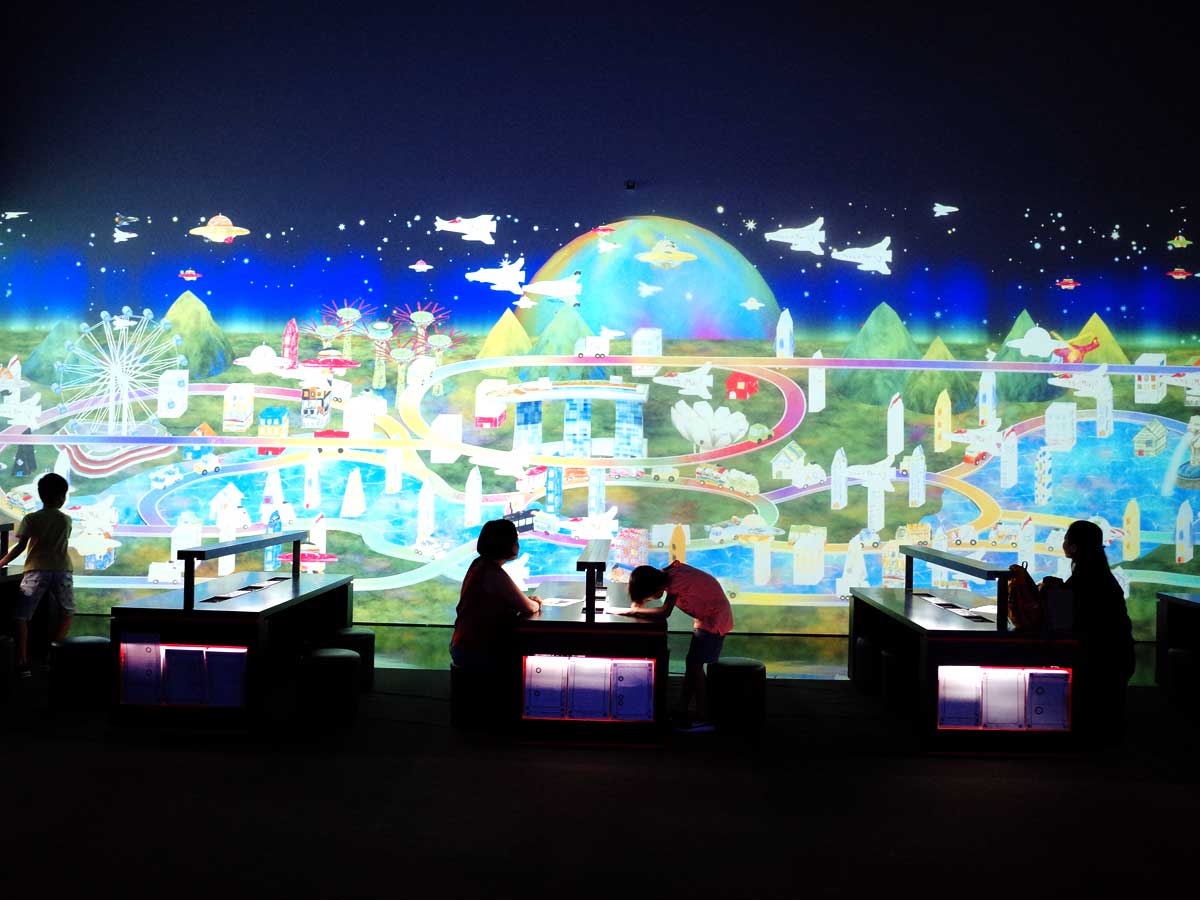
Inspired by the fact that most great achievements in art and science are made in cities, the Town section of the exhibition allows participants of all ages to become players on the municipal stage. You are encouraged to cooperate and inspire one another to meet the challenges of the urban setting as a shared space. The raw materials of urban development are presented, literally and figuratively, as the basic building blocks of the modern city. Through participating and working together in the digital environment of Town, the visitor regains a sense of what it means to be part of a community and the importance of building relationships with the people around us.
teamLab is well known for our interactive digital work Future Parks that focuses on promoting collaborative experiences for children through creativity and play. In Park, we invite you to exert yourself physically and have fun, but also to appreciate and reflect on the play as an integral and essential part of human connectivity. Highlighting technology’s capacity to influence relationships between people and to foster learning, the activities in Park emphasize pattern recognition, causal relationships, tactile learning, spatial perception and the importance of co-creation.
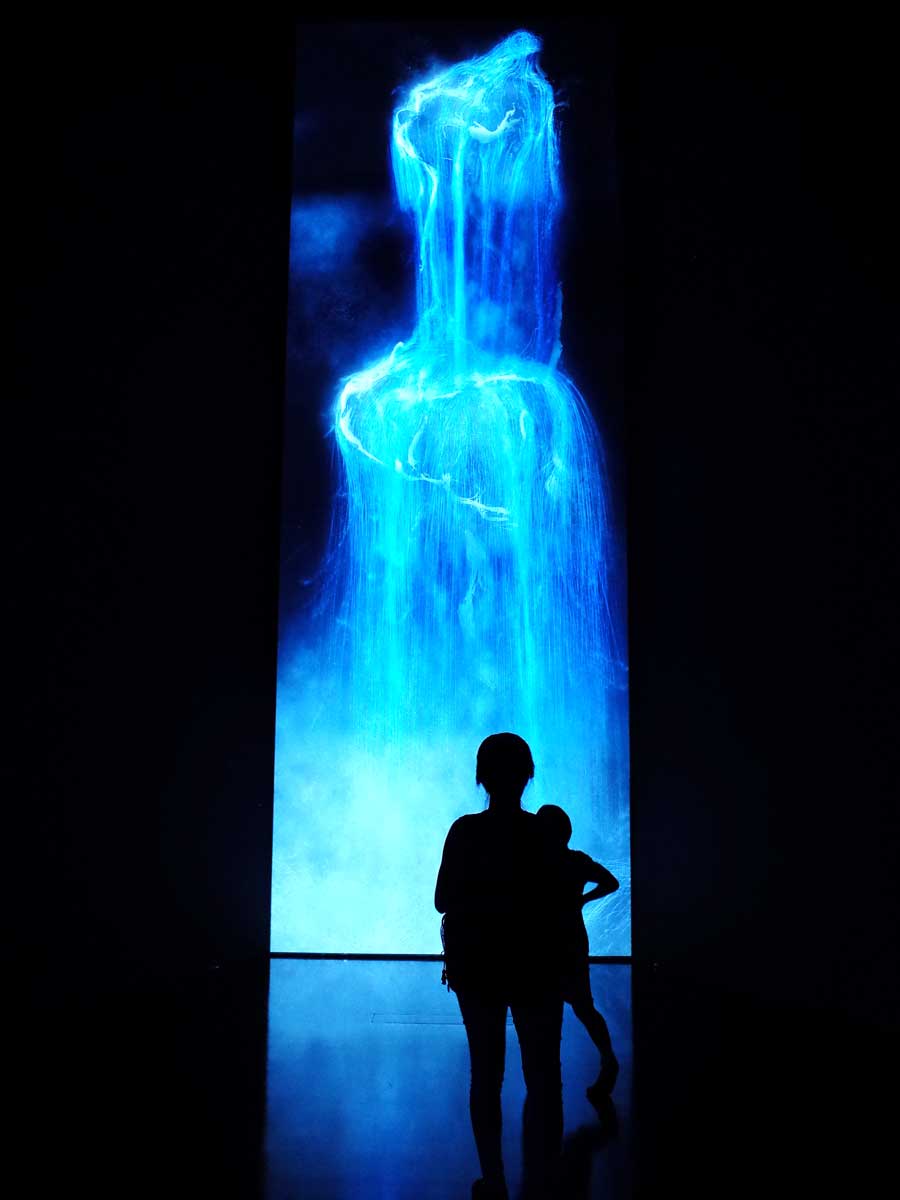 In Space, we invite you to appreciate the beauty and scale of the universe through teamLab’s monumental installation,
In Space, we invite you to appreciate the beauty and scale of the universe through teamLab’s monumental installation,
Crystal Universe. The subject of dreams, mythologies and artistic visions, space has always intrigued both scientists and artists for millennia and is an infinite source for human creativity and it continues to intrigue as the subject of this installation.
Extraordinary advances in technology and international scientific endeavours, involving thousands of scientists, have brought us to a golden age of discovery in astronomy. Yet despite the extraordinary progress, much is still unknown. Scientists now believe nearly 96% of the universe is comprised of mysterious substances and forces called dark matter and dark energy, which defy current explanations. In this particular section, the digital domain allows individual and independent elements of an artwork to connect and behave as a group, showcasing the most mysterious forces as part of a unified spatial network which we can enter, enjoy and connect with on a personal level.
How do you work together as individuals from different fields to create such installations?
We work together and develop ideas in tandem. We emphasize not simply the process of manual production, but new discoveries during the creative process, and re-utilizing those ideas as a group in an abstract and ubiquitous fashion.
We also believe in the possibilities that group production allows, so we want to explore collaboration over solitary production. When we launched teamLab in 2001, we chose the name because we wanted to create a place for the group production of work as a sort of “laboratory.” Since that time, we have continued to explore the possibilities of collaboration.
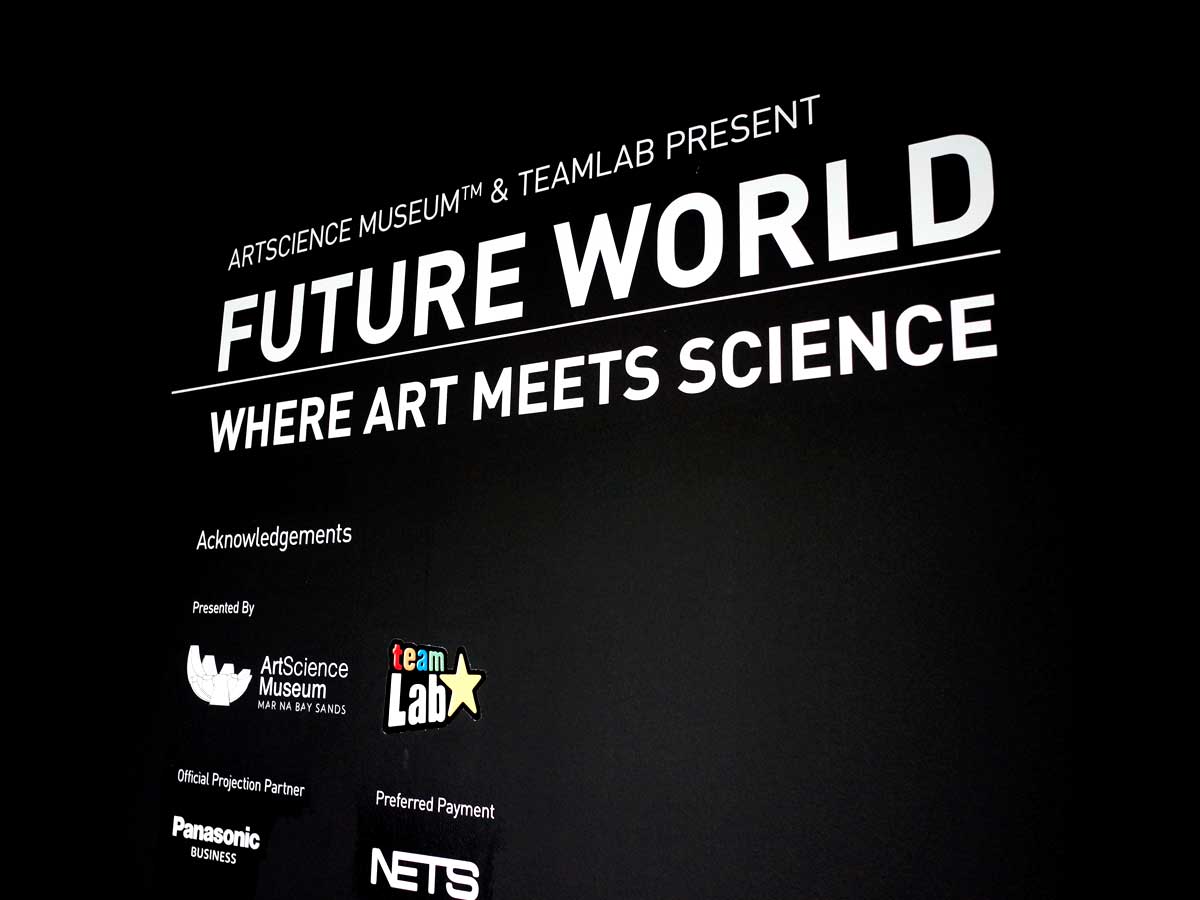
teamLab has always created works that seemed to be the very future of contemporary art. Share with us your vision on the direction of contemporary art.
We started this journey because we believed that digital artworks have the potential to expand the concept of art as we know it. Technology can help us understand what this world is about and change our thinking. Even more, this might be able to change the basic values of society – by exploring the relationship between digital art and people, we can rethink how our world ought to be, and how we can change it. We want to use art to change our value system and lead humanity towards a positive trajectory.
Could you tell us about your upcoming installations and works?
We are currently doing major exhibitions in Silicon Valley and Istanbul. This year, we have further plans to do exhibitions in Seoul, Bangkok, Los Angeles, and London. In May, we are turning a large fountain In Las Vegas into a 300m water screen and using it for a vast projection of digital art. In the summer, we plan to transform the forest around Shimogamo Shrine in Kyoto, a World Heritage Site, into a vast art space. Subsequently in winter, we plan to use the rivers and forests in Tokushima, Japan as an art installation. We will also be creating a permanent installation on a large hill in Turkey.
For more information on teamLab’s current works overseas, please visit:
http://exhibition.team-lab.net/siliconvalley/
https://www.team-lab.net/exhibitions/borusancontemporary
Reena Devi is a freelance writer and editor. She has written essays for art exhibition catalogues and social commentary pieces for TODAY. She has previously worked at the Singapore Art Museum (SAM) and Singapore Contemporary Young Artists (SCYA).

Artitute Contributors
Our art news contributors come from all walks of life. We are on the lookout for regular art patrons who write about the arts. Contact us if you would like to be a contributor on Artitute.com.